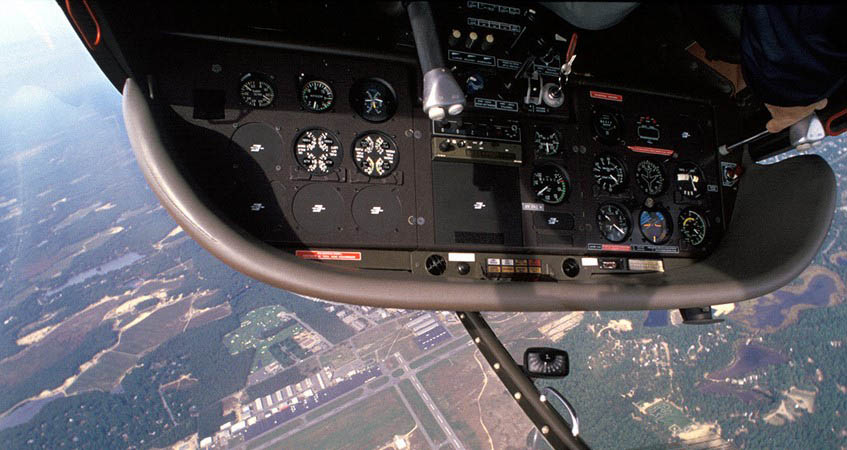
UPRT is an abbreviated form of the terms Upset Prevention and Recovery Training. To achieve a better understanding of the subject, it is necessary to learn the phrases Upset Prevention and Upset Recovery. Upset Recovery is the process of rescuing an aircraft from an unsafe situation, whereas Upset Prevention is the process of preventing the aircraft from an abnormal situation. In short, UPRT training refers to all of the theoretical and practical training that a flight crew obtains in order to provide them with the abilities they need to recover from situations in which the aircraft inadvertently exceeds safety parameters while in flight.
With the instruction of the General Directorate of Civil Aviation, this training attracts the attention of pilots with a commercial pilot license, as it has become required to take AUPRT - Advanced Level UPRT for pilots who wish to work in airlines and participate in type training.
There are three levels of EASA Upset Prevention and Recovery Training;
An airplane might face abnormal situations for a variety of reasons. This training helps pilots deal with unusual conditions on the plane and become better prepared and equipped, both technically and emotionally, to deal with unexpected and unintended occurrences.
In short, AUPRT training has become mandatory under the new DGCA regulation for all pilots wishing to obtain type rating training in order to join airline flight crews. UPRT training is a means of instructing pilots on how to maintain control of their aircraft in a variety of conditions.
The most important aspect of the Upset Prevention & Recovery Training is theoretical preparation. Having conceptual knowledge of the subject is the foundation for avoiding abnormal situations. In order to avoid abnormalities, a pilot must have a deep understanding of aerodynamics, flight dynamics, and aircraft design concepts. This information is critical for maintaining airplane under control and recovering from an unexpected situation. A comprehensive awareness of human nature's limitations, as well as how the pilot might increase his or her capacity to avoid, recognize, and recover from potential disturbances, is also critical. The pilot, when combined with practical training, can help to improve and strengthen theoretical knowledge.
Simulator training and actual flight training are two phases of practical training that are mutually complementary. Pilots rehearse numerous abnormal scenarios in the simulator training phase, and the escape maneuvers become automatic reflexes. In the practical flight training phase, the major purpose is to develop the pilots' awareness and resilience to physiological and psychological circumstances in unusual situations.